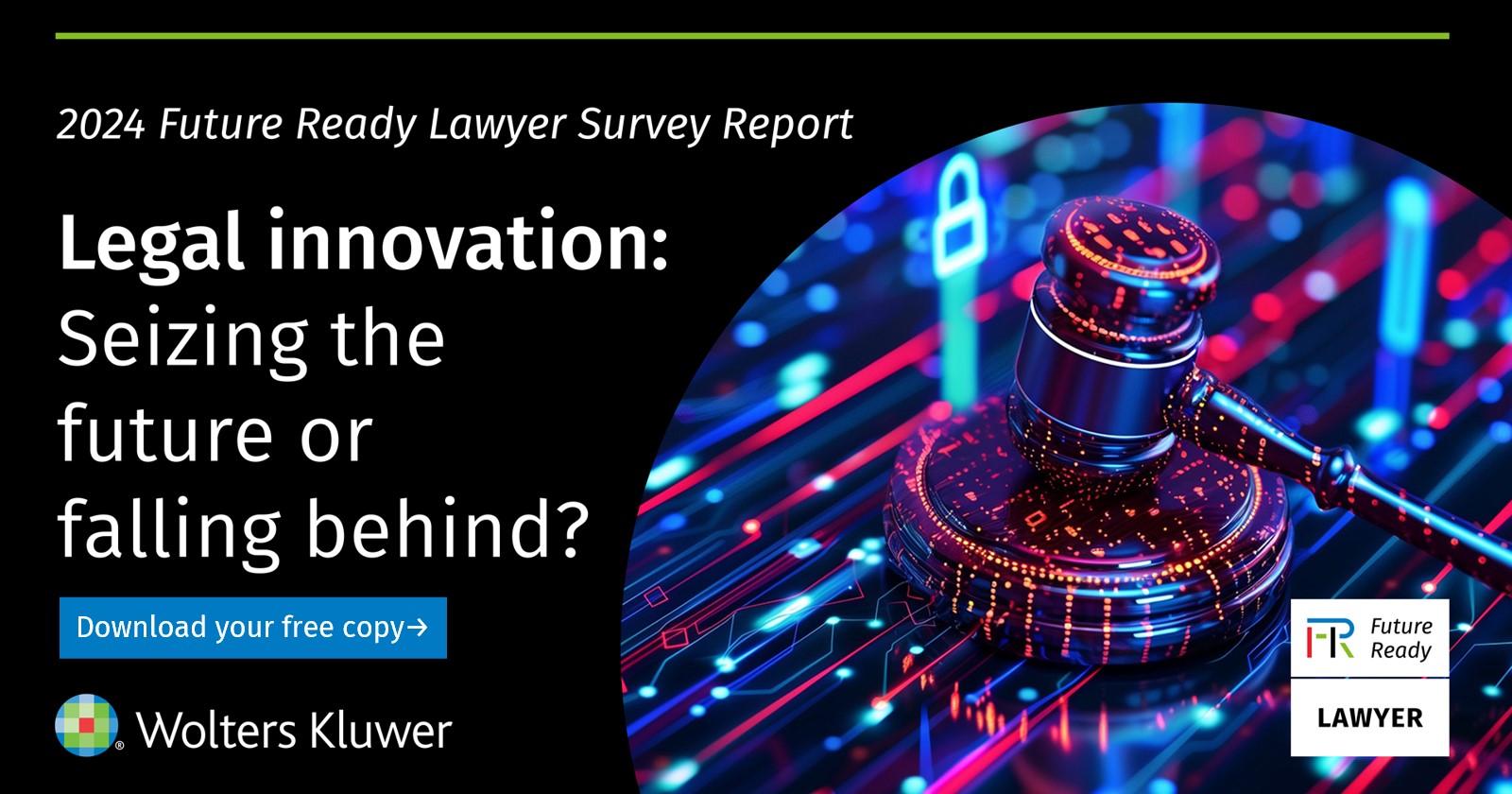
The AI Law Proposal: general context and subject matter
On 23 April 2024, the Italian government published the text of a draft law introducing regulatory provisions concerning the use of Artificial Intelligence systems to the Italian legal system (“AI Law Proposal”) (here). The text has been approved by the Council of Ministers and will be submitted to the Italian Parliament for discussion and approval on 20th May 2024 (here).
With this proposal, the government intends to introduce a legal framework to govern the development and application of AI across Italy. At the core of the AI Law Proposal is the national AI Governance; in particular, the attribution of competences for developing a National AI Strategy (here) to the Department of Technical Innovation and Digital Transition within the Prime Minister Office and the appointment of AGID (Agency for Italian Digitization) and ACN (National Cybersecurity Agency) as main local competent Offices for AI (for technical and security matters respectively). In addition, the AI Law Proposal aims to authorize the government to introduce – via legislative decrees – new rules for the implementation of the EU AI Act (here) and to define a domestic regulatory framework in relation to some crucial sectors in which use of AI systems could have a significant impact on a social and economic level (including research, healthcare, employment, public administration, professionals, sports, etc.). Furthermore, the AI Law Proposal introduces some dedicated provisions on copyright and media-related matters, which are the focus of this post.
AI Law Proposal and provisions relevant for copyright
In Article 24 of the AI Law Proposal, amendments are proposed to Article 1 of the Italian Copyright Law (Law 22 April 1941, n. 633) so as to specify that copyright works are protected when created by humans, while AI generated works can be protected only when some creative and relevant intervention by humans is demonstrable (“The works of human intelligence having a creative character and belonging to literature, music, figurative arts, architecture, theatre or cinematography, whatever their mode or form of expression, shall be protected in accordance with this Law, even where created with the aid of artificial intelligence tools, provided that the human contribution is creative, relevant and demonstrable.”). In a further review of the AI Law Proposal by the government the wording in Article 24 has been amended in order to make clear that the entire work should constitute the result of the author’s intellectual work (“The works of human intelligence having a creative character and belonging to literature, music, figurative arts, architecture, theatre or cinematography, whatever their mode or form of expression, shall be protected in accordance with this Law, even where created with the aid of artificial intelligence tools, provided that they constitute the result of the author’s intellectual work”).
There is a huge debate regarding copyright protectability of AI generated works. According to the study “Challenges to the Intellectual Property Rights Framework” commissioned by the European Commission (see here), the requirement of human intellectual effort excludes from copyright protection outputs produced without any human intervention and, among these, outputs wholly generated by an AI system without any human intellectual effort (but see also here and Thaler vs Perlmutter, Civil Action No. 22-1564; for a comment on these see here and here).
Article 24 of the AI Law Proposal also introduces a new Article 70-septies in the Italian Copyright Law (“The reproduction and extraction of works or other materials through artificial intelligence models and systems, including generative ones, are permitted in accordance with articles 70-ter and 70-quarter”). This proposed Article seems intended to strengthen the principle according to which, save for the case of scientific research purposes, copyright holders can opt out from the use of their content for text-and-data mining for commercial purposes. This provision is consistent with the principle already expressed in the EU AI Act Article 53 co 1 lett. c, according to which the providers of general-purpose AI models shall “put in place a policy to comply with Union law on copyright law and related rights, and in particular to identify and comply with, including through state-of-the-art technologies, a reservation of rights expressed pursuant to Article 4(3) of Directive (EU) 2019/790.”
AI Law Proposal and provisions relevant for media-related matters
The AI Law Proposal also deals with deep fakes and the associated risks of disinformation for the public, taking into account as well the impact that deep fakes can have on IP aspects. Amendments are proposed to the Consolidated Text on Audiovisual and Radio Media Services. The Draft Proposal introduces:
- in Art. 6 co. 2 lett. e TUSMAR, a general principle according to which information should not be manipulated via AI (“The Regulation of radio and television information, however, guarantees: […] e) the prohibition of using methodologies and techniques capable of manipulating the content of the information in a way that is not recognizable to the viewer, including through the use of artificial intelligence systems.”)
- in the newly introduced Article 40 bis TUSMAR, an information obligation on copyright owners or rightsholders and distributors (audiovisual media services) to clearly mark content where AI generated and/or elaborated via AI (deep fakes) with the acronym “AI” (“Art. 40-bis. (Textual, photographic, audiovisual and radio content that use artificial intelligence systems). Any informational content disseminated by audiovisual and radio service providers through any platform in any way including video on demand and streaming that, after acquiring the consent of the rights holders, has been, through the use of artificial intelligence systems, completely generated or even partially, modified or altered in such a way as to present as real data, facts and information that are not, must be made, by the author or the holder of the economic exploitation rights, if different from the author, clearly visible and recognizable by users through the insertion of an identifying element or sign, even in watermark or embedded marking as long as clearly visible and recognizable, with the acronym “AI” or, in the audio case, through audio announcements or with suitable technologies to allow recognition. Such identification must be present both at the beginning of the broadcast and at the beginning of the content, both at the end of the broadcast and at the end of the content, as well as at every resumption of the program following an advertising break. The insertion of the identifying sign is excluded when the content is part of a work or program that is manifestly creative, satirical, artistic or fictional, without prejudice to the protections for the rights and freedoms of third parties. Notwithstanding the provisions of art. 41, for the purposes of this provision and for the subsequent art. 42, paragraphs 1, letter c-bis and 7, letter c-bis, the Authority promotes forms of co-regulation and self-regulation through a code of conduct both with audiovisual and radio media service providers and with video sharing platform providers”)
- in Art. 42 co. 1 lett. c TUSMAR, an obligation on online sharing platforms to adopt adequate measures to protect the audience against information which is AI generated or AI elaborated in a way to represent as real facts which are not real (“Without prejudice to articles 14 to 17 of the legislative decree of 9 April 2003, n. 70, providers of video sharing platforms subject to Italian jurisdiction must adopt adequate measures to protect: «c-bis) the general public from information content that has either been, through the use of artificial intelligence systems, completely generated or, even partially, modified or altered in order to present as real data, facts and information which are not real”)
- in Art. 42 co. 7 lett. c-bis TUSMAR, an obligation on online sharing platforms to make available to their users a tool for declaring whether the content uploaded, to the best of their knowledge, is generated or elaborated via AI (“Video sharing platform providers are in any case required to: «c-bis) have a functionality that allows users who upload user-generated video content to declare whether such video content contains content generated, modified or altered, even partially, in any form or manner, through the use of artificial intelligence systems of which they are aware or could reasonably be expected to be aware”).
Such obligations are even reinforced by the proposal with the introduction of a new criminal offence for illicit dissemination of content generated or manipulated with artificial intelligence systems (“Art. 612-quarter – Anyone who, with the aim of causing harm to a person and without his consent, sends, delivers, cedes, publishes or otherwise disseminates the image, video or voice, falsified or altered through the use of artificial intelligence systems and suitable to mislead as to their genuineness, is punished with imprisonment from six months to three years. If unjust damage results from the act, the penalty is imprisonment from one to five years.”).
Some preliminary comments
It is pretty hard at this stage to predict the possible outcome of the Parliamentary path of this AI Law Proposal. For sure there are some valid reasons to analyze the Proposal, since it has the potential to be approved by the majority parties which support the Government. There is certainly also a necessity to reconcile some of the provisions of the Proposal with the EU AI Act, so as to avoid overlap in terms of rules related to product safety and risk assessment of the AI use cases.
With regards to copyright, what causes more concern is not specifically the requisite of human creativity but the possibility of an additional burden of proof for copyright owners. In addition, the issue of protectability of AI generated content when there is no significative human intervention in the creation remains open (see for example here for an interesting approach by Martin Senftleben and Laurens Buijtelaar).
With regards to the media-related provisions, it seems that some fine-tuning is still needed, since the information obligation is referred at the same time to AI generated content and to AI elaborated content (so called deep fakes) but only to the extent the manipulation is “in such a way as to present as real data, facts and information that are not”. It would not be simple to understand ex ante to what content the AI marking will be applicable.
________________________
To make sure you do not miss out on regular updates from the Kluwer Copyright Blog, please subscribe here.


